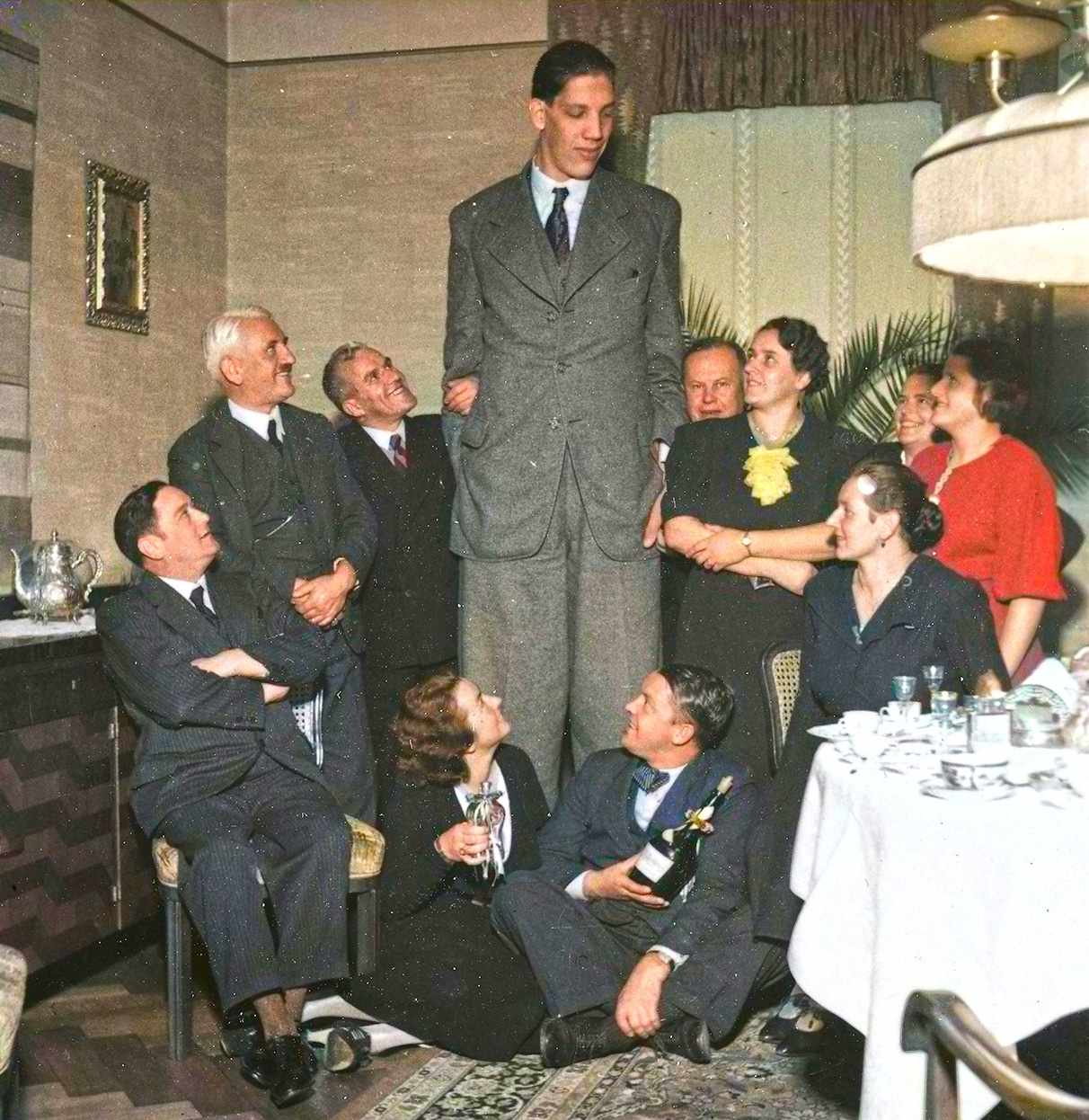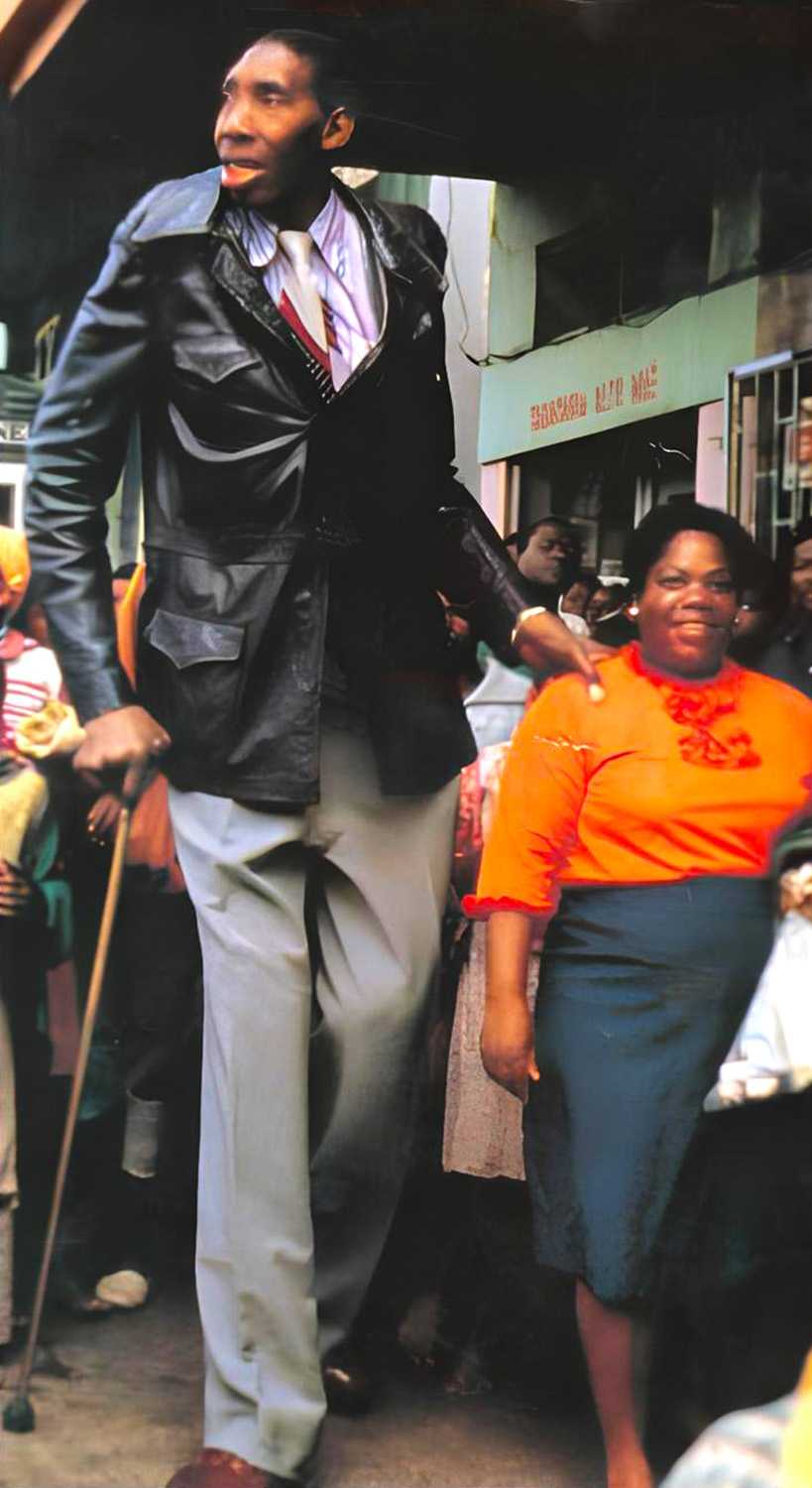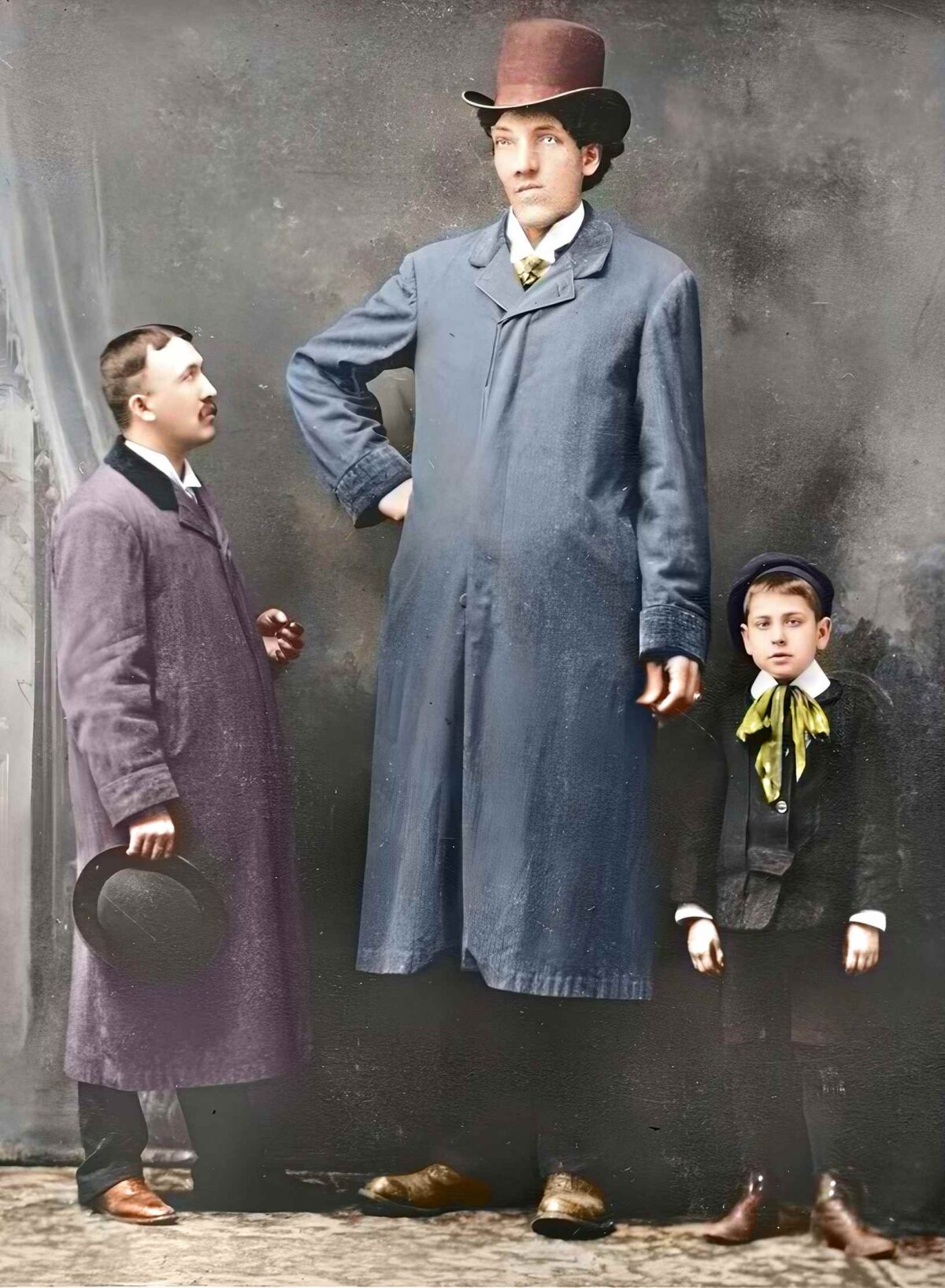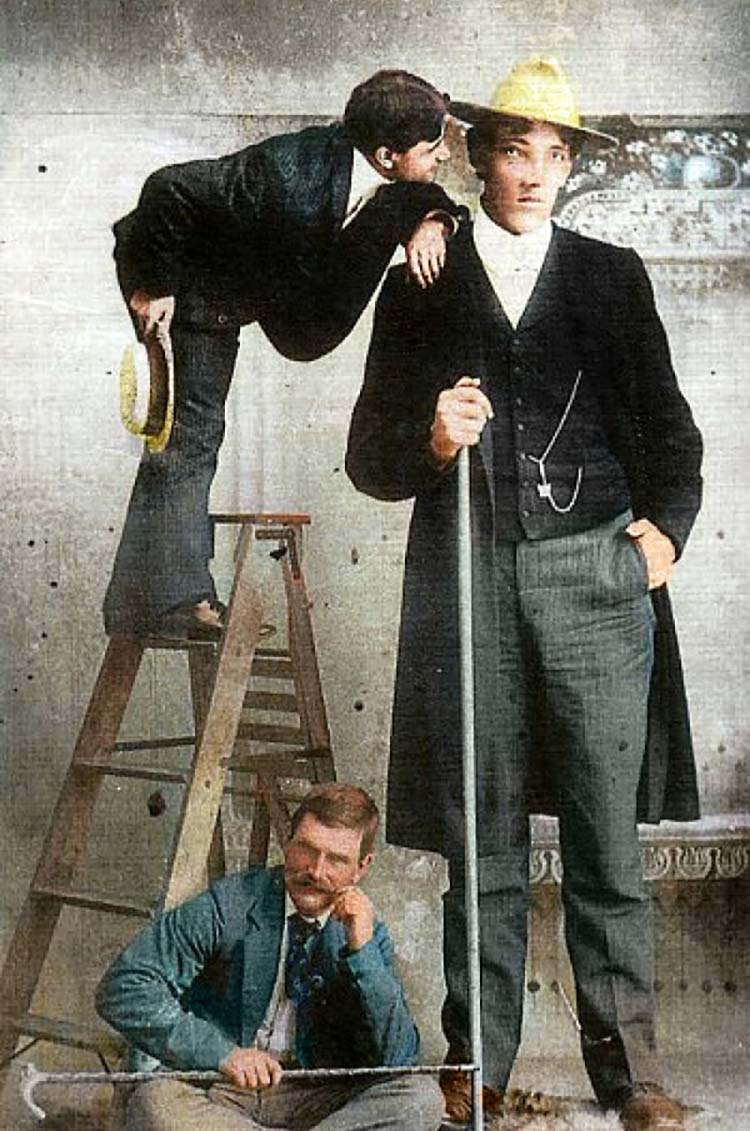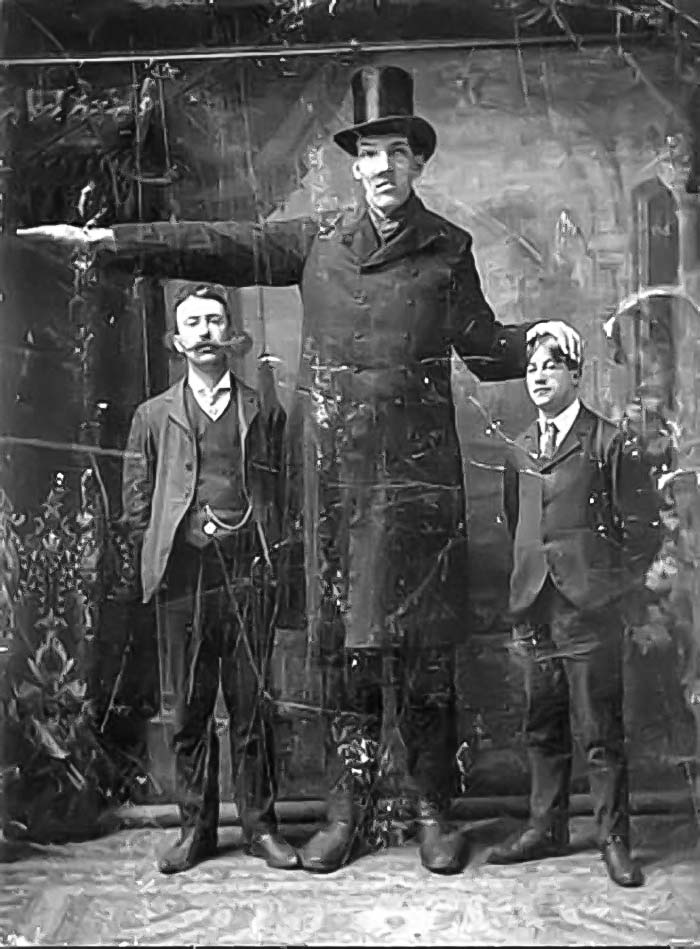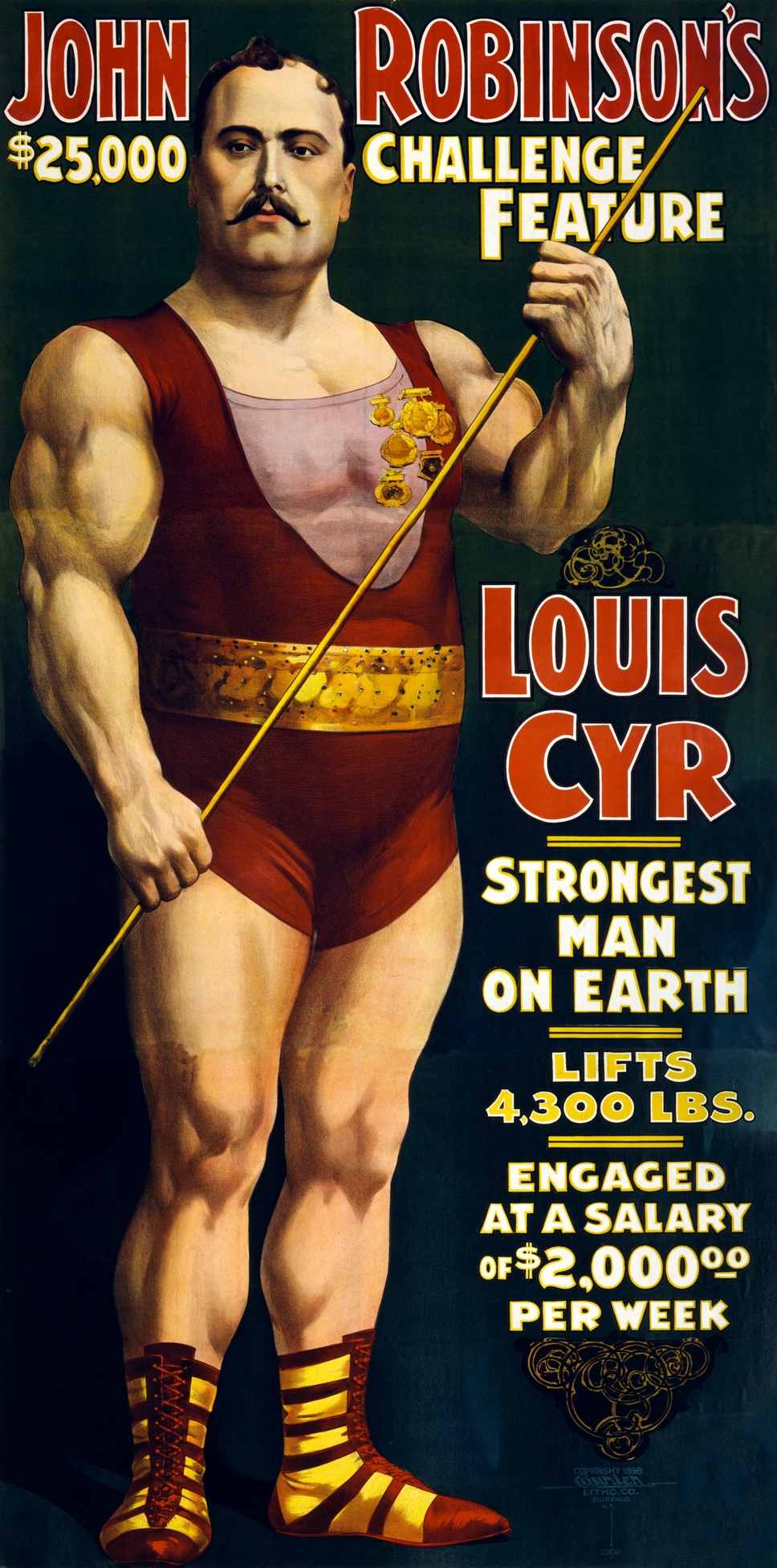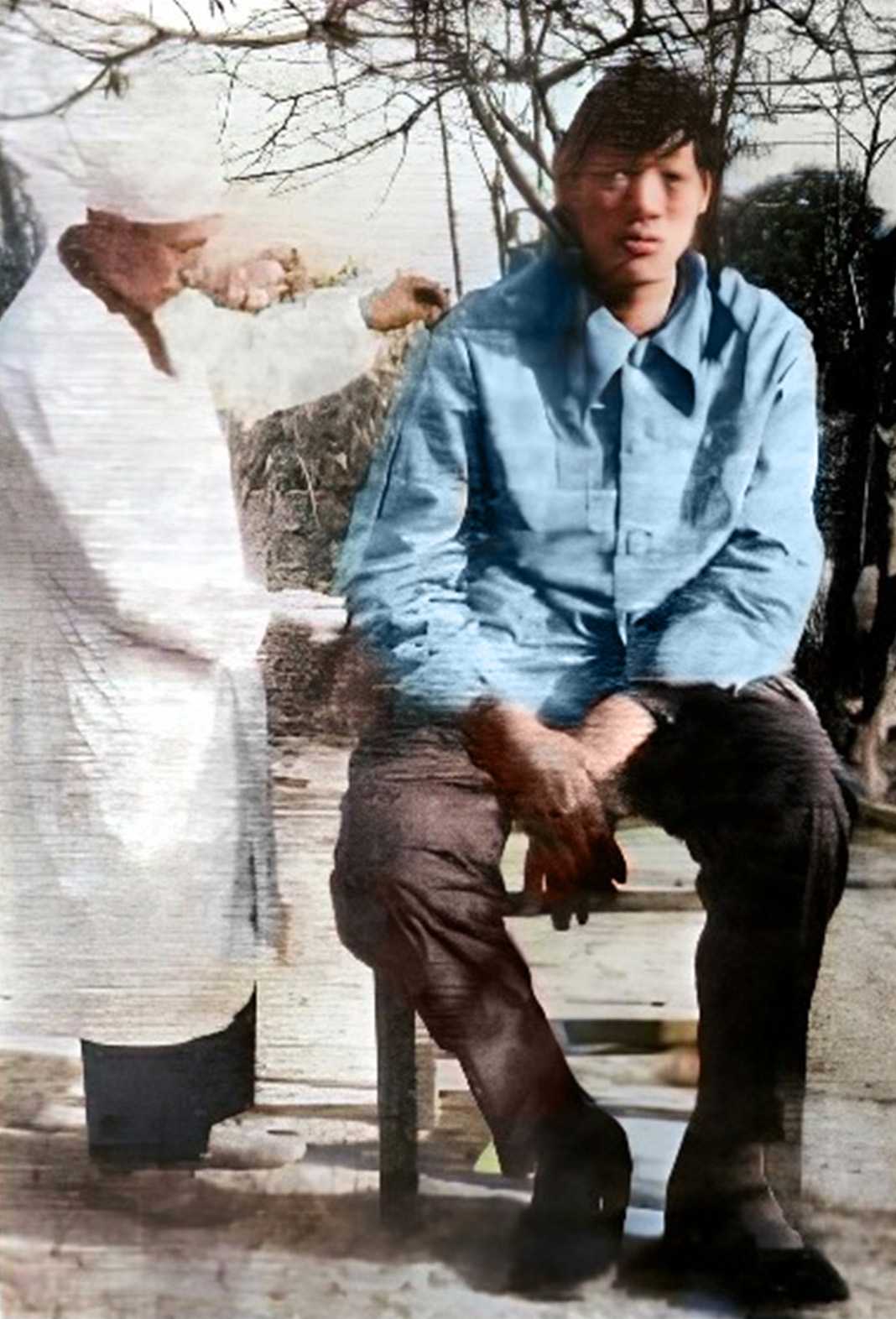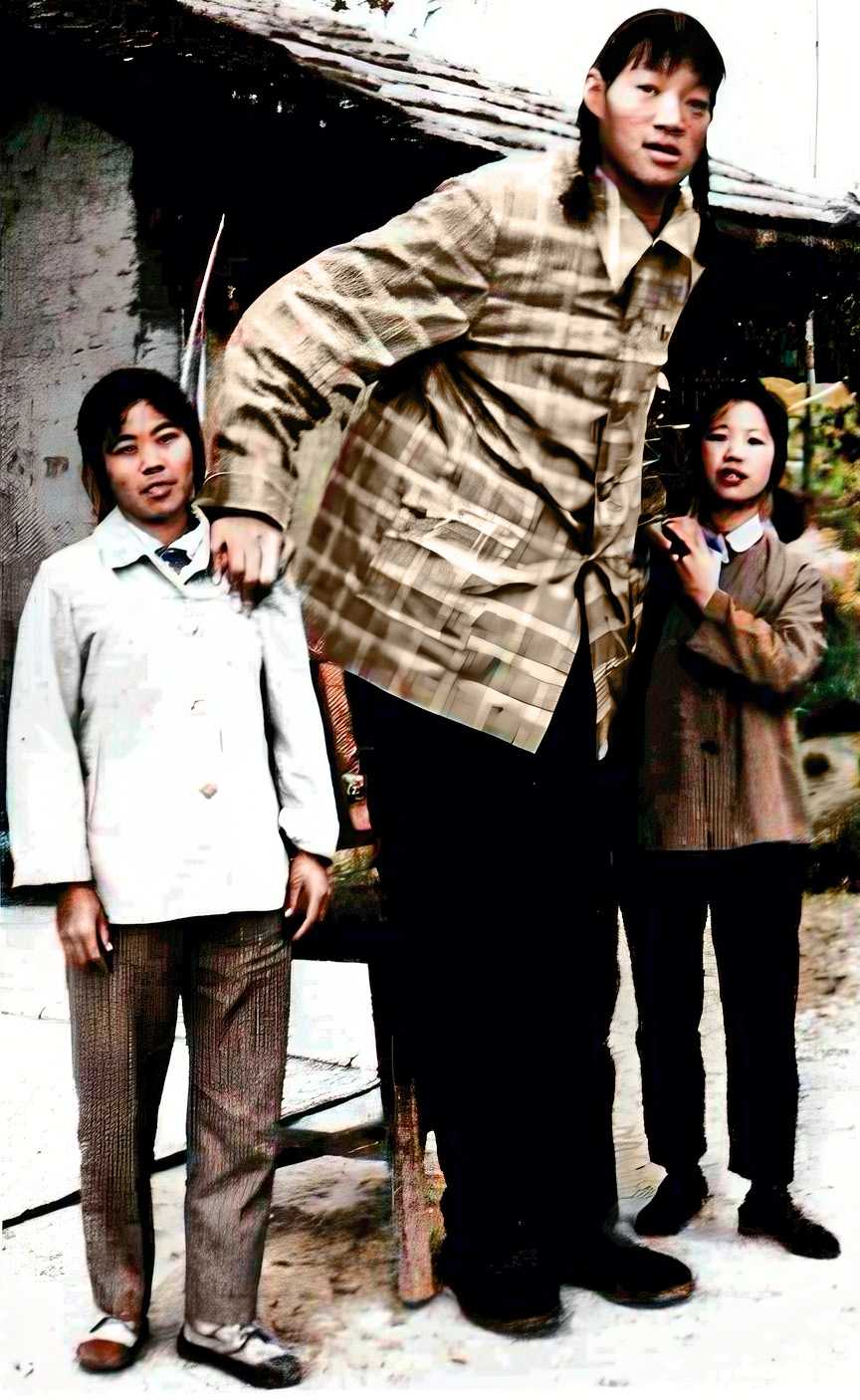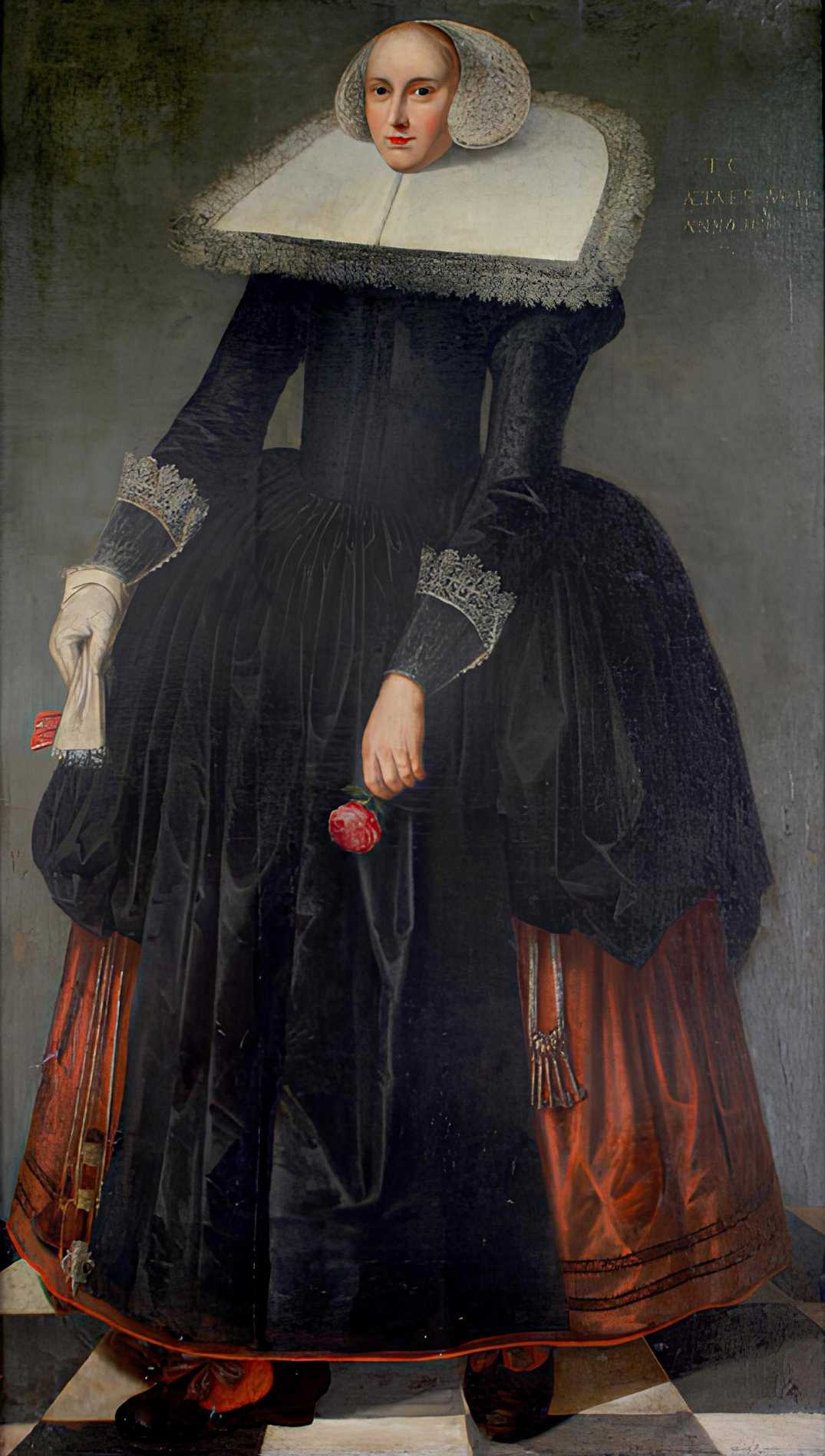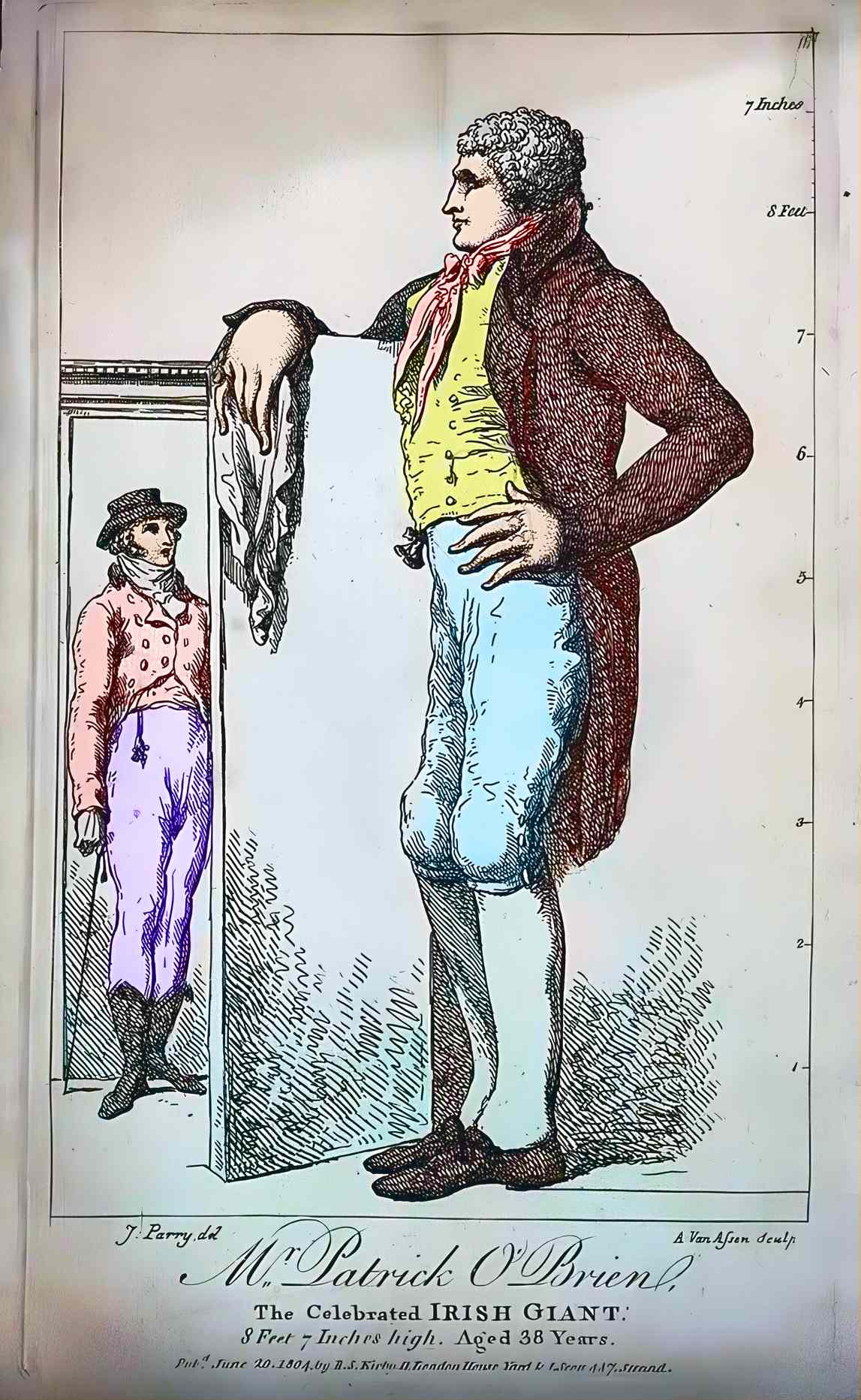Born in Buffalo in 1932, John F. Carroll died in Lackawanna, New York in 1969, and he is still the third-tallest individual in medical history. Carroll measured 8 feet 8 inches (264 cm), but owing to spinal curvature, he stood only 8 feet (244 cm) tall. As his back condition deteriorated, he shrank to a height of 7 feet 10 inches (239 cm) by 1968. Before his untimely demise in 1969, John Francis Carroll had reached a height of almost 7 feet 8 inches (234 cm) in his bare feet. He was afflicted with both acromegalic gigantism and severe spine curvature (kyphoscoliosis), similar to Patrick Cotter O’Brien or Zeng Jinlian.
The Buffalo Giant
John F. Carroll was dubbed the “Buffalo Giant” in the field of medicine because of his hometown. Even after years of therapy at Mercy Hospital, his exceptional development, which started when he was 16 years old, lasted until his death. Holy Cross Cemetery in Lackawanna is where he was laid to rest.
He is one of the 29 people in history who were documented to be over 8 feet tall.
John F. Carroll became the third tallest man in history after John Rogan, the tallest Black person in history, and Robert Wadlow, the tallest man ever. Despite his many challenges, he never complained about his condition, and people’s recollections of him were always positive.
His Rapid Growth

His birth weight was 9 pounds and 5 ounces, and he grew up as a healthy child. He was the tallest kid in his elementary school class, standing 5 feet 6 inches at age 12.
John F. Carroll was 6 feet 2 inches tall while on the Bishop Timon High School basketball team when he was 16 years old, and he was incredibly strong compared to his teammates.

At times, crippling leg pain prevented him from moving, but otherwise, he was fit and powerful. Carroll was so powerful that he could pick up a car with his bare hands. In one year, Carroll was known to put on eight inches of height.
Carroll’s rapid height gain continued into the age of 20 when he stood 7 feet tall. By age 22, he was 7 feet 6 inches tall. During that period, he saw a deformity in his spine and a decrease in his muscles. Deformities in his left leg forced him to need crutches.
John F. Carroll was able to drive a car, but only by removing the front seat of his automobile and operating it from the back, similar to Suleiman Ali Nashnush, the tallest basketball player in history.
The Big Red
Due to his red hair, John F. Carroll was known as “Big Red” by his family, friends, and coworkers. He was also called “Jack” and “Red Carroll.”
He had a peaceful existence as the park’s superintendent for years in Buffalo. Carroll, unlike other historical giants, never attained international fame, but everyone around him adored him, including the staff of the neighborhood hospital where he received years of care.
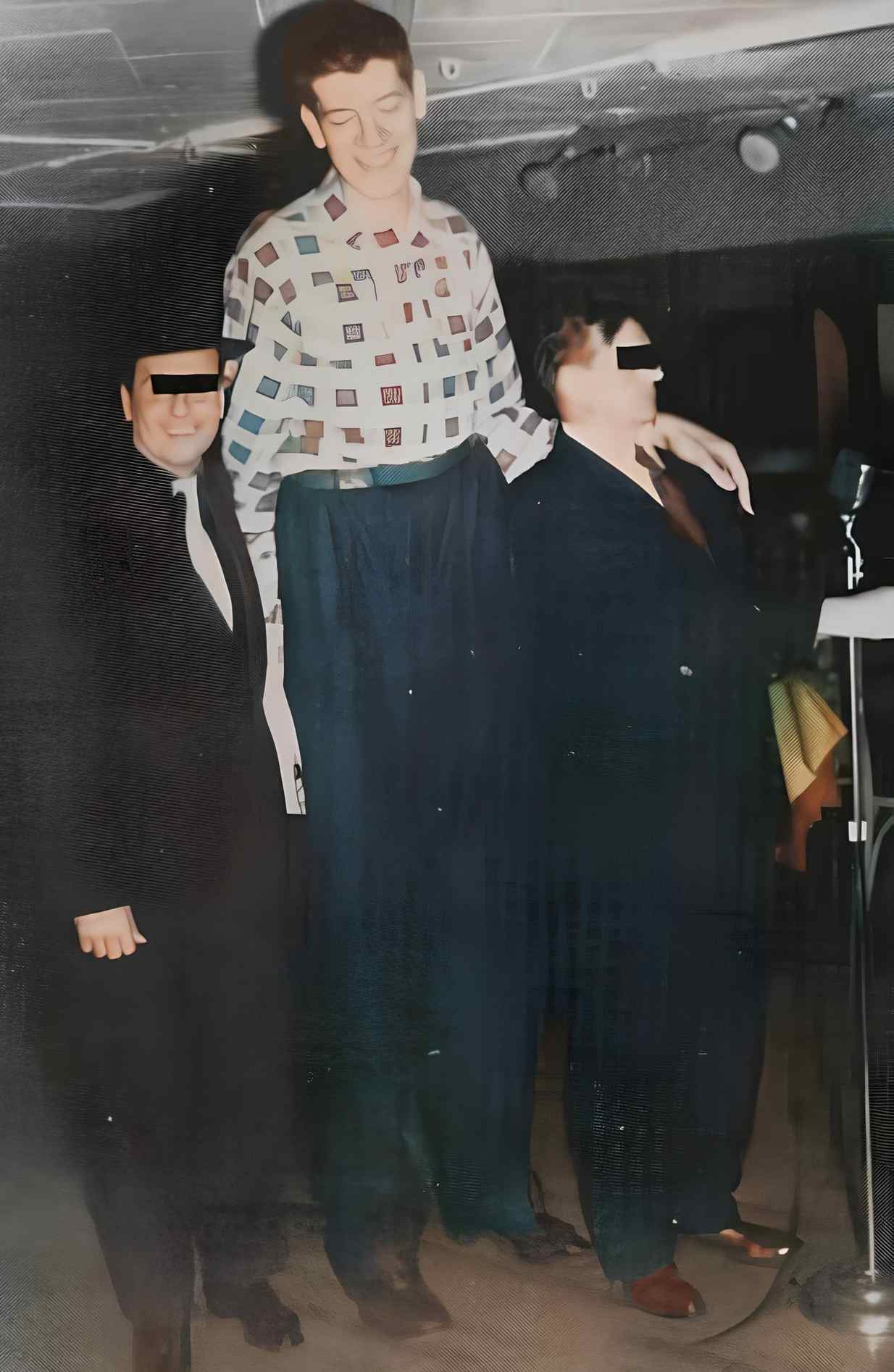
As his spinal condition got worse, Carroll used crutches later in his life, which measured 72 inches alone. He also wore custom-made shoes that were 16 EEEE in size. He was initially measured at 8 feet at the hospital, but an engineer calculated Carroll’s true height at 8 feet, 7.75 inches, by considering his curved spine.
As reported by the Mercy Hospital staff, Carroll had to use an elevated toilet in his home.
John F. Carroll also had to sleep in an oversized bed, as it was usually impossible for him to sleep in regular beds, let alone sit in a regular chair. It was in 1959 when Mercy Hospital staff found Carroll at 2 a.m. in his home with a broken ankle. While at the hospital, his friends didn’t bring him flowers, but his 8-foot custom bed at home.
The acromegalic giants often had their limbs broken. Robert Wadlow died in 1940 due to an infection resulting from a broken ankle.
Remembered in the Museum
Carroll worked for the county parks department as the superintendent of Isle View Park in the town of Tonawanda. After serving as a Republican committeeman, he campaigned for county supervisor or alderman in 1955 and 1957, and he lost by a small margin.
John F. Carroll passed away in August 1969 at the age of 37 due to renal failure brought on by intense amount of calcium in his body. However, his height was never officially recognized by Guinness World Records, like John Rogan’s.
After caring for Carroll at Mercy Hospital until his death, Dr. Joseph A. Prezio wrote a research paper on him for the American Journal of Medicine in 1961. Even now, 54 years after his death, his enormous right boot and crutches can be seen on display at the Mütter Museum in Philadelphia.
Why John F. Carroll Was So Tall
The excess amount of growth hormone (GH) produced in a body, also called acromegaly, results in people like John F. Carroll growing over 8 feet tall. The gigantism occurs when a person’s height gets exceptionally tall, typically when they are a teenager.
The pituitary gland, a pea-sized organ in the brain, is in charge of producing growth hormone (GH). The frequent cause of high GH in humans is a “pituitary adenoma,” or tumor of the anterior pituitary gland. This tumor causes an excess of GH to be produced.
In gigantism, the bones continue to get taller and taller. However, as the person ages, only the bones of the hands, feet, and face continue to get larger, and this results in some disproportionate body features.
As seen in other famously tall people with gigantism, like Sandy Allen or Suleiman Ali Nashnush, gigantism comes with various health problems. Some include joint stiffness, enlarged organs, heart troubles, and overall low energy levels. The only treatment is the removal of the pituitary tumor.








